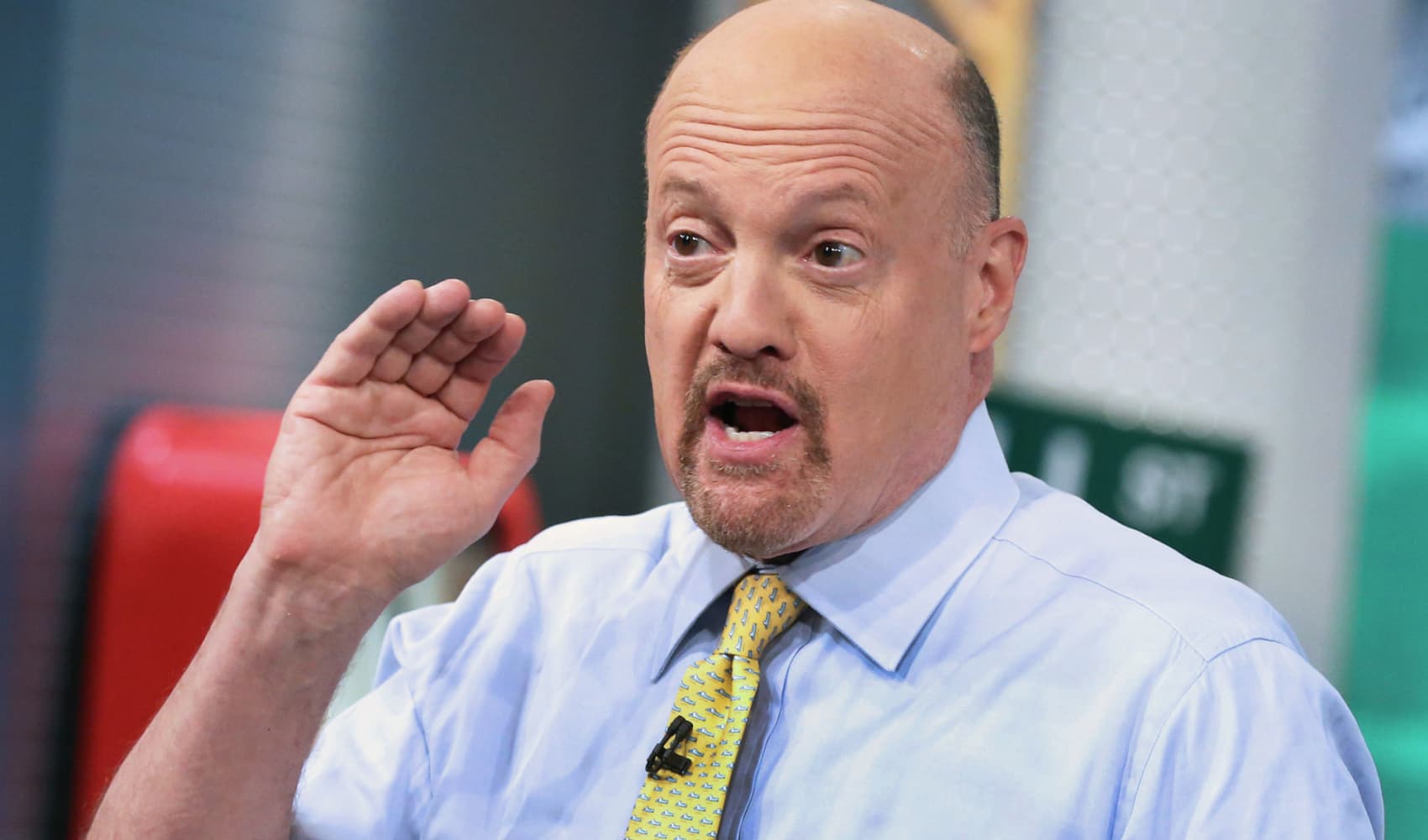
- Since WWII, there have been 36 years in which the S&P 500 recorded an 11-month rise of 10% or more.
- In a majority of those trading scenarios since 1945, both the Dow Jones Industrial Average and S&P 500 posted additional gains in the final month of the year.
- Covid-19 cases keep surging, but more stimulus from Washington D.C., a dovish Fed, coronavirus vaccine optimism, and 2021 earnings growth not yet baked into Wall Street estimates, could help the bullish momentum continue.
The Dow Jones Industrial Average fell at the open on Monday after having just hit another new record to end last week. Market history in the post-World War II era suggests that any dip to start this week's trading may be followed by more gains before the end of the year.
There are plenty of reasons for investors to be concerned about the next major move in stocks after a huge November, in which the S&P 500 Index posted a 12% gain. Covid-19 cases are surging and a top White House virus advisor said over the weekend this winter will be "the worst event this country will face." Coronavirus lockdowns are increasing and last Friday's monthly jobs report was a big disappointment, reminding the nation of the severity of the economic consequences that occurred during last spring's pandemic surge.
But for Sam Stovall, chief investment strategist at CFRA Research, that Friday jobs number was the perfect example of how this market just keeps "climbing a wall of worry."
"I kept connecting my iPad to CNBC saying, 'OK, update,' because I was sure we would see futures come down since the number of new hires was 200,000 lower than expectations. But no. ... That says to me Wall Street is not paying much attention at all to the present, but focusing on future," Stovall said.
That view of the future is supported by the history of bullish U.S. stock market years.
Money Report
Year-to-date through the end of November, the S&P 500 gained 12.1% in price, despite a 34% bear-market setback earlier in the year, according to CFRA data. There have been 36 years in which the S&P 500 recorded an 11-month rise of 10% or more since WWII. In the December of these years, the S&P 500 climbed in price 75% of the time, recording an average advance of 1.8%. That gain exceeded the average for all Decembers since 1945.
That holds for the Dow trading pattern as well. Whenever the S&P 500 was up 10%-plus year-to-date through November, the DJIA was up an average 1.8% in December, rising 78% of the time.
The Dow had posted a gain of 3.9% through November, and history shows that is a bullish indicator for the final month of the year too. In the 43 trading scenarios since WWII in which the Dow post a 4% gain through November, it was up an average 1.9% in the final month of the year, rising 78% of the time, according to CFRA.
"It indicates chances are pretty high we will continue to see positive returns in December," Stovall said.
Recent market history suggests investors keep an eye on small-cap stocks as well. There have been 23 times since 1979 in which the Russell 2000 Index posted a 9%-plus gain year-to-date through November 30, as it did this year. In the subsequent December, the Russell 2000 was higher by 2.7%, and up 87% of the time, versus an average 2.2% and up 76% for all Decembers since 1979.
Economic stimulus is viewed as even more bullish for small-cap stocks which are closely tied to the U.S. economy relative to large-cap counterparts with a more global business mix overall.
Stimulus-less optimism could fuel more market gains
But there are caveats in the data, as well. Decembers tend to be among the strongest months of the year for stocks, regardless of the year-to-date size of gains — the so-called Santa Rally — but the Dow and S&P returns in these specific trading scenarios did exceed the December averages.
Huge Novembers have tended to eat into December gains in the past, according to CFRA data. That means that if the bullishess holds, the overall level of gains this year could be less significant in the final month of trading, and already in the early part of December trading stocks gained roughly 1%.
"We need to ankqowedlege a lot of fuel already has been expended and the upward trajectory, the angle of ascent will be reduced," Stovall said.
It is not just the vaccine promise that could keep stocks moving past short-term concerns, though.
Also on the bullish side is recent talk in Washington D.C. that a stimulus package, even a smaller one, is getting closer. As the Covid situation worsens and job gains weaken, it seems like politicians may be more likely to agree on a financial relief package. If there is a "stimulus-less" package, as Stovall called it, and commentary from both sides of the aisle is encouraging, that could imply even more stimulus will be in the making once Biden is in office, Stovall said.
"Bipartisan stimulus is the injection the economy needs and bipastrain effort suggests more could be forthcoming," he said. He added that as Covid numbers spike it will also increase the likelihood the market will be confident that the Federal Reserve will not raises interest rates any time soon, and becomes more accommodative in other ways, such as through repurchase agreements.
For short-term traders, there is a lot of optimism already built into the stock market. According to CFRA data, 95% of sub-industries in the S&P 1500 are trading above their 50-day moving averages, and 97% are above their 200-day moving averages.
There was a short-term rotation out of growth stocks, and into value names, that occurred after the worst of the Covid-19 first wave waned, but gains could tilt back towards growth amid lockdowns being reimposed, and until a vaccine is widely distributed.
"I would say that makes stocks vulnerable to some sort of digestion of recent gains," Stovall said.
The Nasdaq was the only major U.S. equities index higher on Monday morning.
But for longer-term investors willing to looking ahead to the second half of 2020, there is another reason to be bullish: while stocks remain up, S&P 500 earnings growth estimates from Wall Street have not moved nearly as much.
Third quarter 2020 earnings growth for the S&P 500 was expected to be down 24%, but as of now is only off by about 8%, according to CFRA. That has made Wall Street analysts more bullish, but not enough to move up the S&P 500 earnings growth number for the second half of next year. Stovall said analysts are reluctant to make a big bet until a vaccine gets distributed, but that could ultimately give stocks more fuel.
"The feeling is that the second half of 2021 will be a time for the economy and earnings to shine, as we do eventually emerge from lockdown," Stovall said.
This view is echoed by other technical market strategists looking at what history says about recent Dow and S&P trading surges, and looking past the current Covid-19 trend line as well.
The world's biggest money manager, BlackRock, issued a bullish 2021 forecast for equities on Monday, "The big change around the outlook itself is upgrading risk assets overall and seeing 2021 as a very constructive year for risk assets," said Mike Pyle, BlackRock's global chief investment strategist.






